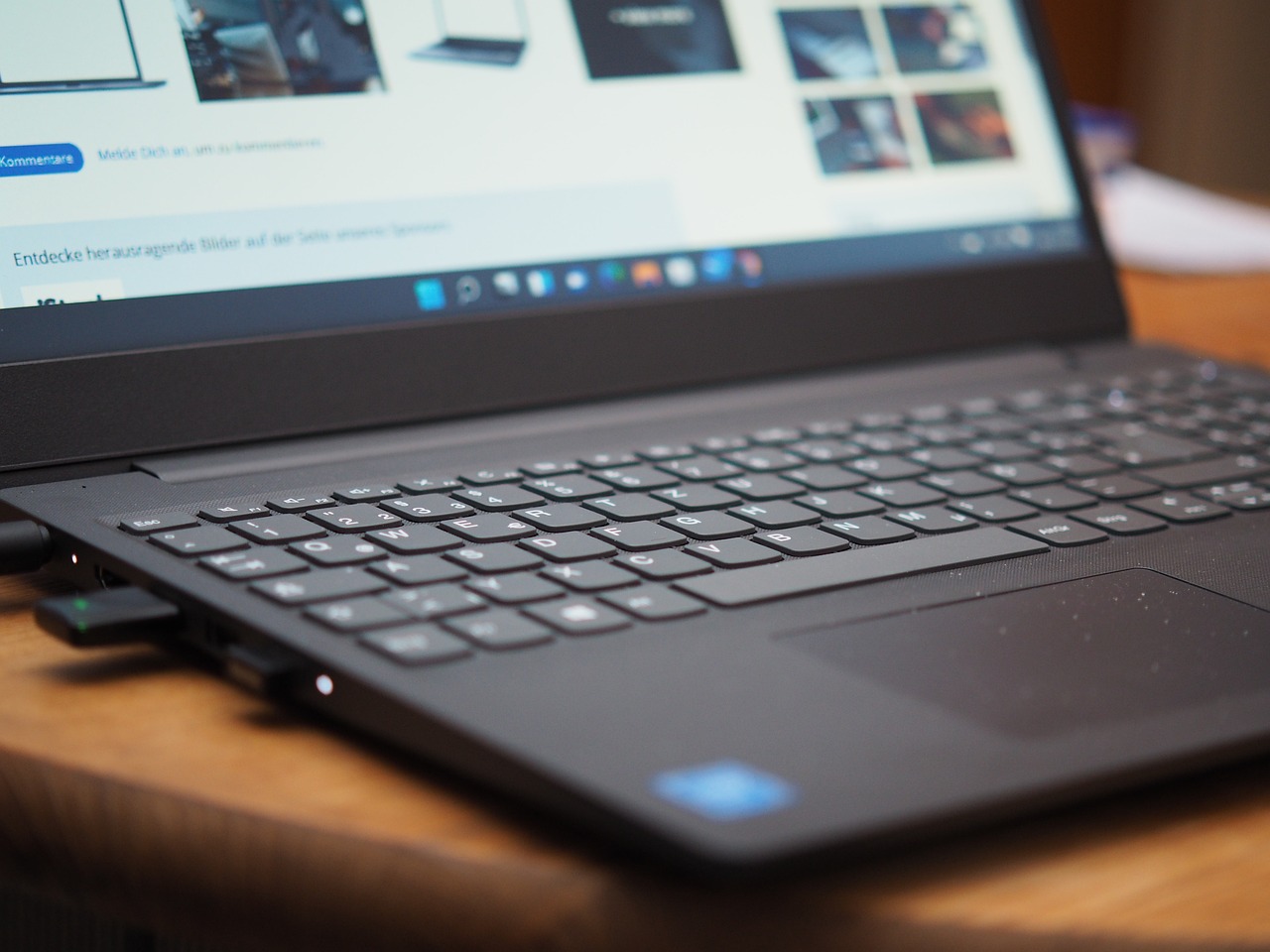For most users, Windows 10 will no longer receive critical security updates on October 14, 2025, approximately 10 years after its initial debut. For those utilizing computers that cannot upgrade to Windows 11 – or businesses with hundreds of PCs to manage or upgrade – Microsoft will provide three additional years of Extended Security Updates (ESUs), but there is a cost. Recently the company began revealing its plans surrounding updates and pricing. In a blog post published earlier this month, Microsoft’s Jason Leznek shares that the first year of ESUs for those businesses needing to keep their systems up to date will cost $61 per PC.
Just as companies learned a few years ago (when Windows 7 ESUs were the topic of conversation), the tech giant says that the cost will double annually — meaning that Year 2 of Microsoft 10 ESUs will cost $122 per PC, and the third year will cost $244 per device, a price which many companies may not be happy to pay. However, the gradual price hikes are designed to nudge and then push everyone to migrate to Windows 11 while not orphaning those who decide that they cannot do so.
Important to Note: Microsoft has confirmed that the pricing model is cumulative. That is, if a company opts out of purchasing the ESUs for the first two years but wants to purchase year three, it will be required to pay for the first two years retroactively as well.
However, the vast number of Windows licenses and service options that Microsoft provides make the pricing structure more complex than described above. The actual dollar amount that any given company will pay will depend on the type of organization and how the software is being utilized. For instance, educational institutions will only pay $1 per Windows license for the first year of ESUs, $2 for the second year, and $4 for the third year – an acknowledgment from Microsoft that some schools have minimal budgets and older inventories that can’t upgrade to Windows 11. Nonprofits are expected to see similarly reduced pricing, although Microsoft has not yet revealed what that price structure will look like.
Companies that utilize Microsoft Intune, Windows Autopatch, or other Microsoft cloud-based solutions will also enjoy a price break on ESUs, reportedly $45 per user the first year and supporting up to five PCs per user. Additionally, Windows 10 PCs that use Windows 11 Cloud PCs through the Windows 365 service will enjoy the Windows 10 ESUs for free with their subscription.
Available to Consumers for the First Time: Microsoft is planning to offer the ESU program to consumers who wish to stay on Windows 10 and not upgrade – a break from the previous “organizations-only” policy. Consumer pricing has not yet been announced.
Future of Windows 10 and 11
Windows 11 launched in October of 2021, but Windows 10 remains the most utilized version of Windows.
It appears Windows 10 users are reluctant to make the move, with 67 percent of PCs in the US (and 69% globally) remaining on the earlier version. More than 2 years after its release, Windows 11 only has 27 and 29 percent of the business market. By moving towards a cost model for Windows 10 ESUs, the company is gently nudging its customers to move onto the newer version sooner rather than later.
It can be challenging for SMBs to determine the pros, cons, and cost benefits of updating all of their devices. If you are a Sarasota area business wondering about your next move, you can trust the experts at Alliance IT. We will help you determine the costs of remaining on Windows 10 versus the expense of upgrading and recommend the best course of action for your specific organization.
Remember: These changes don’t take place until late 2025 – but planning should begin as soon as you think about 2025 budgets and initiatives. Should you decide to upgrade your devices, remember you don’t have to go it alone. The IT professionals at Alliance IT are trained and ready to help. Call today to learn more.

